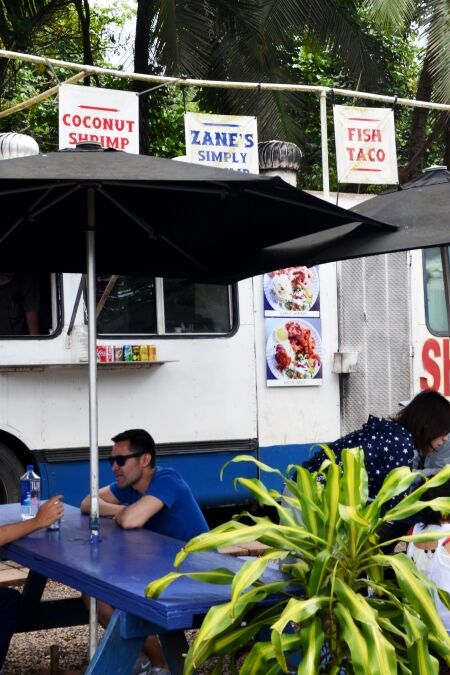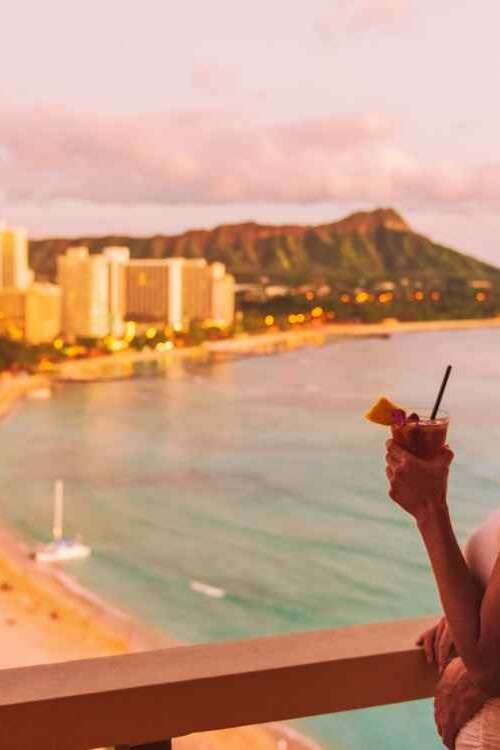Nakalele Blowhole, located on Maui’s rugged northern coastline, is a breathtaking natural wonder where ocean waves forcefully surge through an underwater lava tube, creating spectacular spouts of water that can reach up to 100 feet high. This article will guide you through everything you need to know about visiting Nakalele Blowhole, from how to get there to what to expect, ensuring a safe and memorable experience at one of Maui’s most captivating attractions.
Highlights
- The hike to the blowhole is moderately challenging, with rocky terrain that adds a sense of adventure.
- The area offers panoramic ocean views and dramatic cliffs that make for unforgettable photo opportunities.
- Close to the blowhole, you’ll find a naturally occurring heart-shaped hole in the rock, which is a favorite spot for romantic photos and social media posts.
- Unlike some of Maui’s more popular attractions, Nakalele Blowhole offers a more peaceful experience, allowing you to enjoy the beauty of the island without large crowds.
History
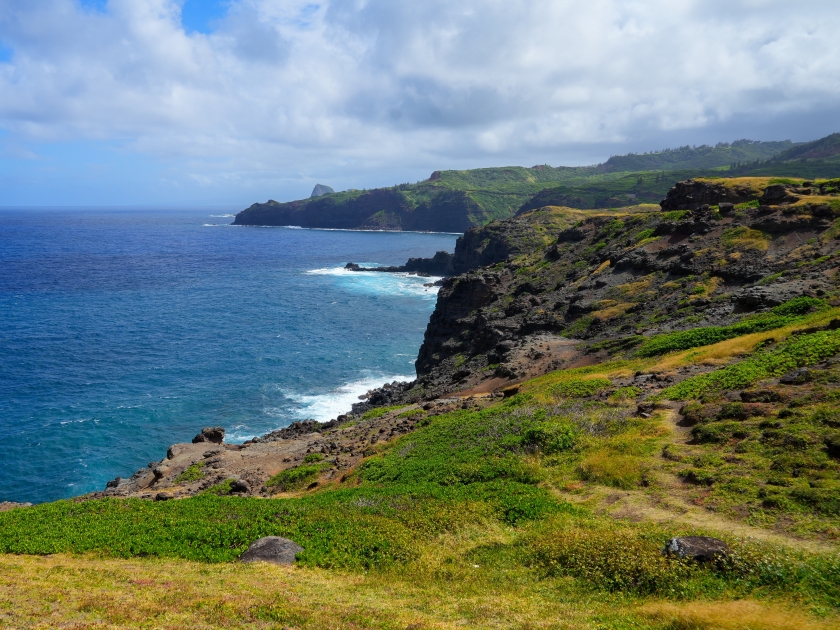
The Formation of Nakalele Blowhole
Volcanic Beginnings
Nakalele Blowhole’s story starts millions of years ago during a period of intense volcanic activity. The eruptions from these ancient volcanoes laid down vast fields of lava, which eventually cooled and solidified, creating a complex network of underground tunnels and caves.
Shaped by the Ocean
Over centuries, the relentless force of the ocean began to erode the softer portions of the volcanic rock. This constant battering from the waves slowly carved out a hollow space beneath the surface, setting the stage for the blowhole’s creation.
Birth of the Blowhole
As the ocean waves continued to pound the shore, the seawater was forced into the underground cavity, building up immense pressure. Eventually, this pressure became so intense that it caused a breach in the rock above, leading to the formation of Nakalele Blowhole as we see it today.
The Spectacular Mechanics
Nature’s Geyser
The Nakalele Blowhole operates under the right conditions, particularly during high tides and when strong winds are present. These forces push seawater into the blowhole’s cavity, trapping it inside. The water is then expelled with incredible force through the narrow opening, shooting as high as 100 feet into the air. This natural spectacle is not only a breathtaking sight but also a vivid demonstration of the power of the ocean and the unique geological processes at work.
What to Expect at Nakalele Blowhole
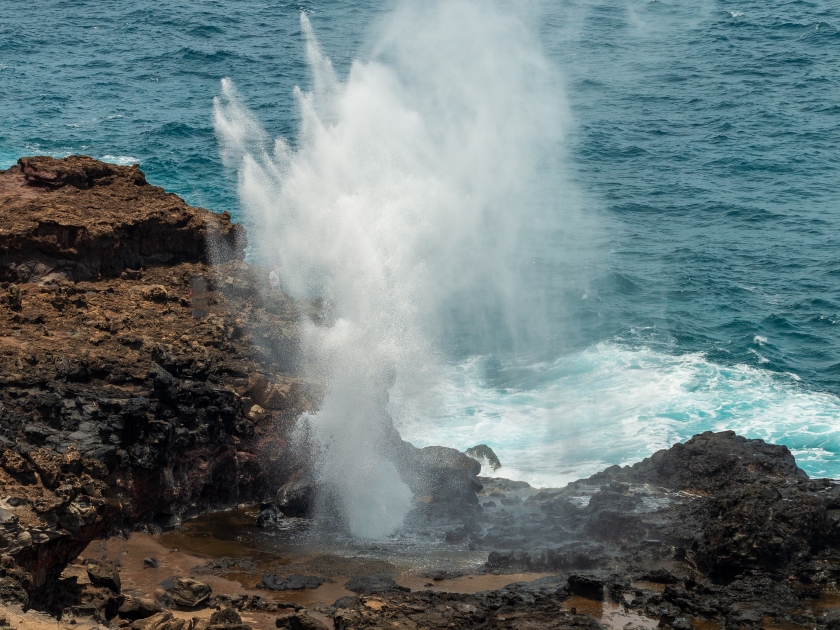
The Blowhole Experience
Witness the awe-inspiring force of nature as the Nakalele Blowhole erupts with towering jets of water, propelled through an underwater lava tube by the crashing waves. To see the blowhole at its most dramatic, visit during high tide or after a storm, typically in the early morning or late afternoon when the lighting is perfect for viewing.
Hiking to the Blowhole
Embark on a moderately challenging hike down a rocky trail to reach the Nakalele Blowhole. The trail is about half a mile long, but it can be steep and uneven in places, so sturdy shoes are a must. Be sure to pack water, sun protection, and a camera to capture the stunning coastal views along the way.
Photographic Opportunities
Nakalele Blowhole offers incredible photo opportunities, especially during sunrise or sunset when the light casts a magical glow on the surrounding landscape. For the best shots, position yourself at a safe distance from the blowhole, capturing the moment when the water jets skyward against the backdrop of Maui’s rugged coastline.
Tips for Visiting
- Check Weather Conditions: Always check the weather and ocean conditions before your visit to ensure safety, especially during high tide or stormy weather.
- Wear Appropriate Footwear: The trail to the blowhole is rocky and uneven, so wear sturdy, non-slip shoes for a safer hike.
- Bring Essentials: Pack water, snacks, sunscreen, and a hat to stay hydrated and protected from the sun during your visit.
- Keep a Safe Distance: Stay at least 20 feet away from the blowhole to avoid being caught by sudden, powerful water surges.
- Respect the Environment: Follow Leave No Trace principles by taking your trash with you and staying on designated paths to preserve the natural beauty of the area.
- Be Mindful of the Tide: High tide offers the most dramatic displays but also comes with increased risks, so exercise caution near the blowhole.
Best Times to Visit
The best times to visit Nakalele Blowhole are early in the morning or late in the afternoon when the lighting is ideal for viewing and photographing the spectacular water spouts. High tide or after a storm offers the most dramatic displays, but these times can also be riskier due to stronger surges, so it’s essential to be cautious and stay a safe distance away. Visiting during these off-peak hours also allows you to enjoy the natural beauty of the blowhole with fewer crowds.
Nearby Attractions
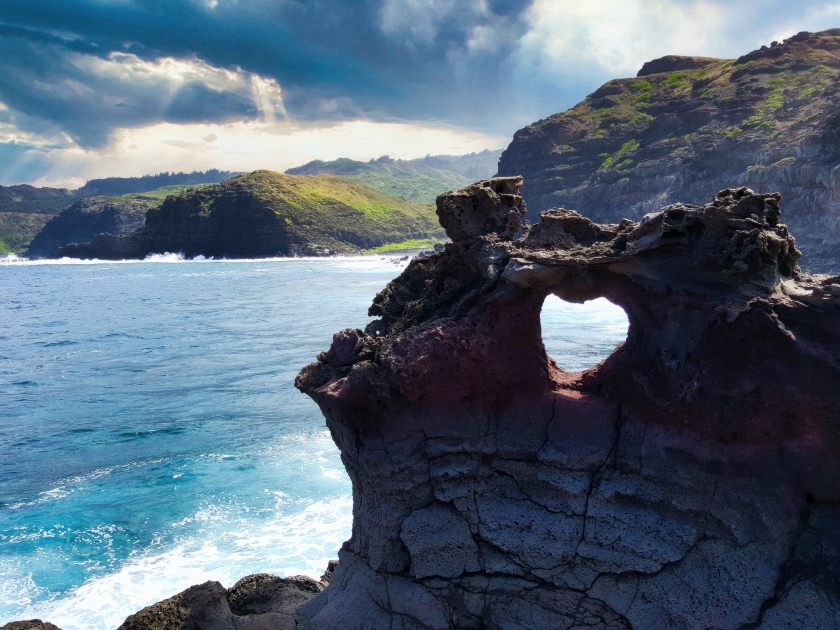
While visiting Nakalele Blowhole, be sure to explore nearby attractions like the Heart-Shaped Rock, a naturally formed rock formation just a short walk away that offers a unique photo opportunity. Another must-see is the Olivine Pools, a series of stunning tide pools filled with vibrant green olivine crystals, perfect for a quick dip or simply soaking in the views—just be cautious of the strong waves. For those interested in snorkeling, head to Honolua Bay, just a short drive away, where crystal-clear waters and vibrant marine life create an unforgettable underwater experience. Combining these stops with your trip to Nakalele Blowhole makes for a full day of adventure on Maui’s north coast.
Frequently Asked Questions (FAQs)
Yes, Nakalele Blowhole can be dangerous; visitors should stay a safe distance away from the blowhole and avoid getting too close to the edge.
Yes, there is a small parking area near Nakalele Blowhole, but spaces are limited, so arriving early is recommended.
No, swimming near the Nakalele Blowhole is not recommended due to strong currents and the dangerous nature of the blowhole.
The hike to Nakalele Blowhole typically takes about 15-20 minutes each way, depending on your pace and the chosen trail.
Nakalele Blowhole can be visited with kids, but caution is advised due to the rugged terrain and potential hazards near the blowhole.
It’s best to wear sturdy shoes for hiking and bring water-resistant clothing, as the area around Nakalele Blowhole can be wet and slippery.
How to Get There
By Car
To reach Nakalele Blowhole by car, start from Lahaina and take Honoapiilani Highway (Highway 30) north. Continue along the scenic coastline, enjoying stunning views of the ocean. After approximately 30 minutes, watch for the road signs pointing to Nakalele Blowhole and make a left onto the access road. The blowhole is located a short distance down this road with convenient parking available near the site. Be prepared for narrow and winding roads as you approach the blowhole.
By Bus
If you prefer to use public transportation, take the Maui Bus from central areas such as Lahaina or Kihei heading towards Kahakuloa. There are limited routes, so check the schedule ahead of time to plan your trip. Once you arrive at Kahakuloa, you may need to walk or arrange for a taxi service to get to Nakalele Blowhole, as bus services do not run directly to the blowhole. Keep in mind that this option may take longer compared to driving.
Witness the Dance of Water and Lava
Nakalele Blowhole is a natural phenomenon that showcases the raw power and beauty of Maui’s coastline. With its towering water spouts, scenic hiking trail, and stunning photo opportunities, this spot is a must-visit for anyone seeking to experience Maui’s wild side. Remember to visit during optimal times, keep a safe distance, and respect the environment to ensure your trip is both memorable and safe.



